Magic, Color, Flair: the World of Mary Blair
A look at John Canemaker’s book about the pioneering designer, illustrator, and art director.
If a woman can do the work as well, she is worth as much as a man. The girl artists have the right to expect the same chances for advancement as men, and I honestly believe they may eventually contribute something to this business that men never would or could. —Walt Disney, February 1941
In preparation for my upcoming workshop about the beloved mid-century art director and designer Mary Blair, I’ve read and prepared notes on Magic, Color, Flair: The World of Mary Blair by John Canemaker, which I’ll share here.
This lushly illustrated hardcover volume about Mary Blair’s life and artistry absolutely shines! I’ve included tips below for how to get an affordable copy for yourself, and an opportunity to learn more about Mary Blair at my live workshop on Saturday, July 12, 2025 at Historic Yellow Springs in Chester County, Pennsylvania.
About the book
Canemaker’s book is divided into two main parts: first, an essay called The World of Mary Blair with three subsections: “Learning the Rules,” “Breaking the Rules,” and “Creating New Worlds.” And second, an illustrated overview of Blair’s life’s work, with beautiful reproductions of her drawings and paintings, and minimal text.
Magic, Color, Flair is the companion catalog to the comprehensive exhibition of Mary Blair’s work curated by Canemaker for The Walt Disney Family Museum in San Francisco in 2014 (and later shown at Eric Carle Museum in 2015).
Early life
Mary Browne Robinson (as Mary Blair was known then) was born on October 21, 1911 in Oklahoma and spent her early years in Texas and California. She was a quiet yet strong-willed child who took an interest in art from an early age. Her family was poor, but always supportive—art supplies purchases sometimes meant cutting back on food.
The young artist’s dedication was awarded with a scholarship to Chouinard Art Institute in Los Angeles—an especially valuable opportunity during the Great Depression. (Chouinard eventually merged with Los Angeles Conservatory of Music, becoming the California Institute of the Arts or CalArts.)
Mentor Pruett Carter emphasized to young Mary Robinson the theatricality and staging of illustrations—the human drama unfolding that later influenced her work in storytelling through animation, book illustration, and theme park design. Carter also helped impress upon her the value of a strong work ethic.
Learning the Rules
After her time at Chouinard, Mary Robinson Blair became associated with a group of California regionalist watercolor artists that included her husband Lee Blair. These watercolors were unvarnished, realist depictions of life on the west coast, including farming scenes and urban sketches that sometimes could feel dark and gritty, very unlike Blair’s later work.
Reluctantly, in the late 1930s and early 1940s, to augment their income, the Blairs began working in the field of animation, eventually arriving at the Walt Disney Studios.
Mary Blair created watercolor concept art for animated or partly animated films like Song of the South and Dumbo, but found the work unsatisfying and not very representative of her own creative instincts, and she quit the Disney studio in 1941. But then her husband Lee was invited to be part of the now-famous “El Grupo” trip to South America—a goodwill tour including artists led by Walt Disney and supported by the US government, meant to help spread an anti-fascist, anti-nazi message through propaganda, trade, and cross-cultural, popular entertainment.
Mary Blair asked Walt Disney if she could join, and he said yes.
Her style matured during the South American tour—the bright colors of local costumes and native folk art inspired her as she sketched on-the-spot around marketplaces, fishermen, field workers, dancers, children. And as the vivid, humanistic scenes flowed from the tip of her brush, her reputation grew among her peers: Initially seen by some as a “tag-along spouse,” her field sketches drew Walt Disney's attention and admiration.
Breaking the Rules
After the South American tour, Blair found herself employed by Disney once again, this time as an art director, color stylist, and concept artist working side-by-side with writers from the inception of each project.
She had more creative freedom this time, like a freelancer. Anthology features were produced bearing Blair’s newly bold and colorful stylings—motion pictures like Three Caballeros and Saludos Amigos—followed by full-length features including Cinderella, Alice in Wonderland, and Peter Pan.
So many recognizable screen images originated with Mary Blair: who can forget Ichabod Crane’s mad dash through the forest on horseback while being pursued by the Headless Horseman—or Peter Pan and the Darling children’s flight around the clock tower of Big Ben?
More research trips followed the El Grupo tour—to Mexico in 1942 (where she observed and recorded the La Posadas ritual), Cuba in 1943, and Ireland in 1946. The Blairs moved to New York in 1946, and Mary was given special permission to work remotely while still on payroll at Walt Disney’s Burbank studio, evidence of how valuable her work was to him.
Blair amalgamated wildly varied influences into a new, exuberant, and unique vision—she deftly combined disparate visual elements from traditional quilt patterns, fashion illustration, Scandinavian dolls, Eames chairs, the palettes of Picasso and Matisse, the shapes and colors of Tupperware plastic.
But some animators, directors, and production managers found it difficult to carry her flat, graphic style onto the screen and make it match the traditional Disney animation style. Could there have been a bit of sexism at play as well? Or jealousy?
Marc Davis, one of the great Disney animators and later, Mary Blair’s mid-1960s Imagineering collaborator and friend, said:
All the men who were there at Disney, their design was based on perspective. Mary did things on marvelous flat planes. Walt appreciated this and wanted to see this but he, not being an artist himself, was never able to instruct the men on how to use this. It was tragic because she did things that were so marvelous and it never got on the screen.
In 1953, Mary Blair left the Disney studio amicably once again to focus on family and her commercial art career.
Creating New Worlds
In the mid-1950s through the mid-1960s Mary Blair blossomed in new directions as a freelance illustrator and designer of books (including the popular Golden Books for children), ads, clothing, magazines, greeting cards, window displays, theatrical sets, and eventually, theme park attractions and murals back at Walt Disney Productions.
During this time her art appeared on textiles such as handkerchiefs and scarves found in fashionable department stores; in set designs for Christmas productions at Radio City Music Hall; on television commercials for Pepsodent toothpaste and print advertisements for Nabisco and Maxwell House Coffee.
In 1963 she was approached by Walt Disney once again with his biggest design challenge yet, an interactive ride and themed attraction for the 1964 UNICEF pavilion at the New York World’s Fair that came to be known as it's a small world. Disney offered her total creative control on the project, which included elements of set design, color styling, storytelling, doll-making, and use of audio-animatronic puppet technology.
Blair said of the project:
This is the most interesting job I've ever had [and] the results are more delightful than anything I've tried before.
Her work on it’s a small world continued through 1971 with adaptations at Disneyland in California and later, Walt Disney World in Florida.
She went on to produce several major ceramic tile murals, including one for Jules Stein Eye Institute at UCLA Center for Health Sciences in the children's outpatient clinic, and more at Disneyland and Walt Disney World.
Mary Blair was devastated when Walt Disney, ever her champion, suddenly died of lung cancer in 1966. But he had arranged for her to continue creating ceramic murals well into the early 1970s, including one at Tomorrowland in Disneyland, called The Spirit of Creative Energies Among Children, and another at the Contemporary Resort Hotel at Walt Disney World in Florida made of 18,000 tiles which stands 90 feet tall and depicts indigenous children, flowers, and animals in the Grand Canyon.
Sharp-eyed hotel guests may notice a mysterious five-legged goat near the top of the Grand Canyon Concourse Mural. Some theorize that Blair took inspiration from Cheyenne tribeswomen’s tradition of intentional mistake-making in their bead work as a display of humility.
No more commissions were offered to Mary Blair by the Walt Disney company after Walt Disney’s death. In her last seven years Blair created small, hybrid, bas-relief paintings and sadly struggled personally with alcohol abuse, which is only hinted at in this otherwise joyful book. Mary Blair died in 1978 at the age of 66.
Author John Canemaker sums up his feelings about Mary Blair this way:
Mary Blair's fearless artistic sensibilities and magical paintbrush created an intense reality all her own. No matter the subject matter or medium, the feeling of joy that she took in her limitless creativity is palpable, and it continues to communicate and fascinate viewers of all ages all over the world.
See a detailed timeline of Mary Blair’s life and career.
How to purchase the book
Copies of Magic, Color, Flair: The World of Mary Blair by John Canemaker are sometimes difficult to find, and often prohibitively expensive to buy ($175 on eBay).
I bought mine directly from The Walt Disney Family Museum where the original exhibition was held in 2014. If you contact them via telephone and ask for media rate shipping, they may accommodate the request as they did for me. I found them to be very helpful, and the book came neatly packaged and carefully wrapped in brown paper in a reasonable amount of time and for a reasonable price.
Join the workshop
On Saturday, July 12, 2025, at Historic Yellow Springs in Chester County, Pennsylvania, we will spend the entire day learning about Mary Blair and practicing painting in her style! If you are already registered, THANK YOU! I encourage you to invite your art friends to join us for this unique workshop. For those wishing to learn more, here is the workshop link.






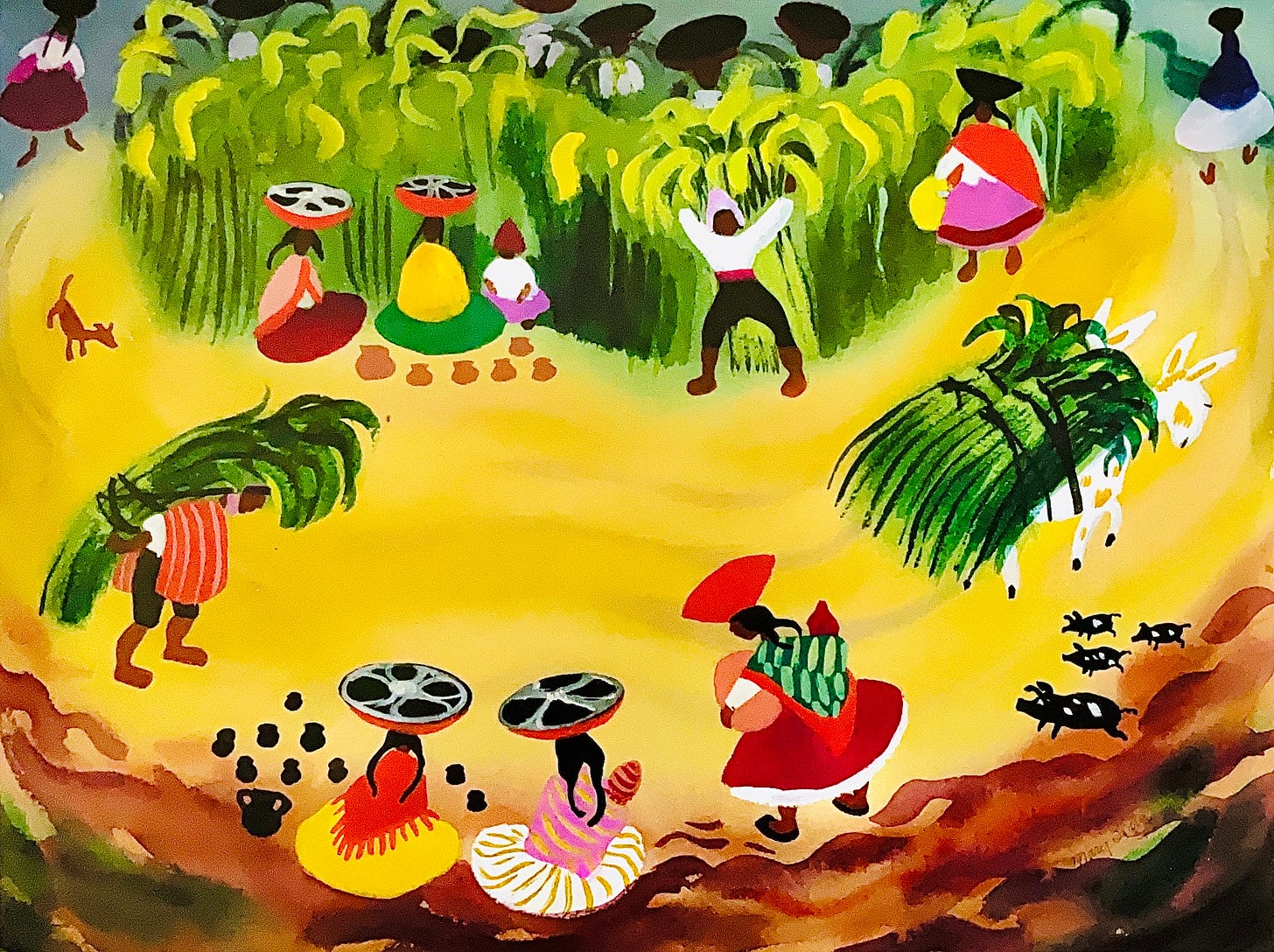


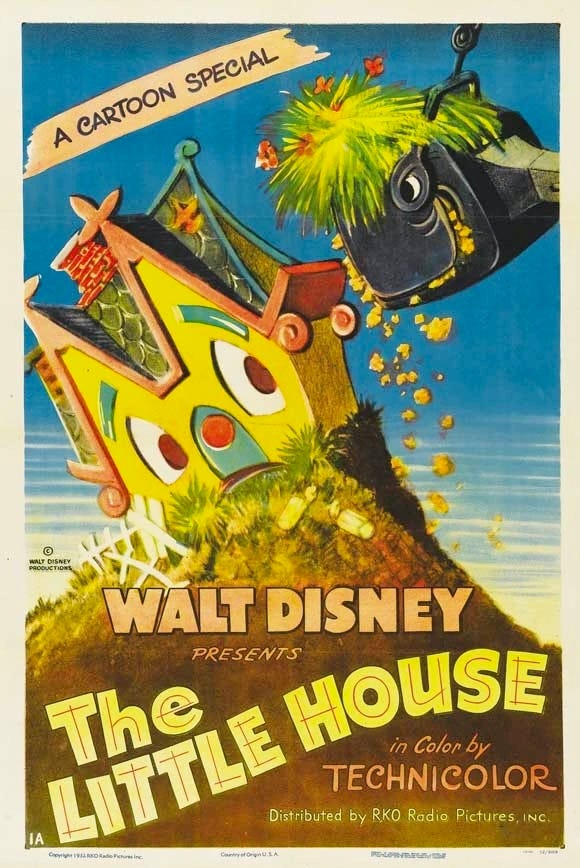

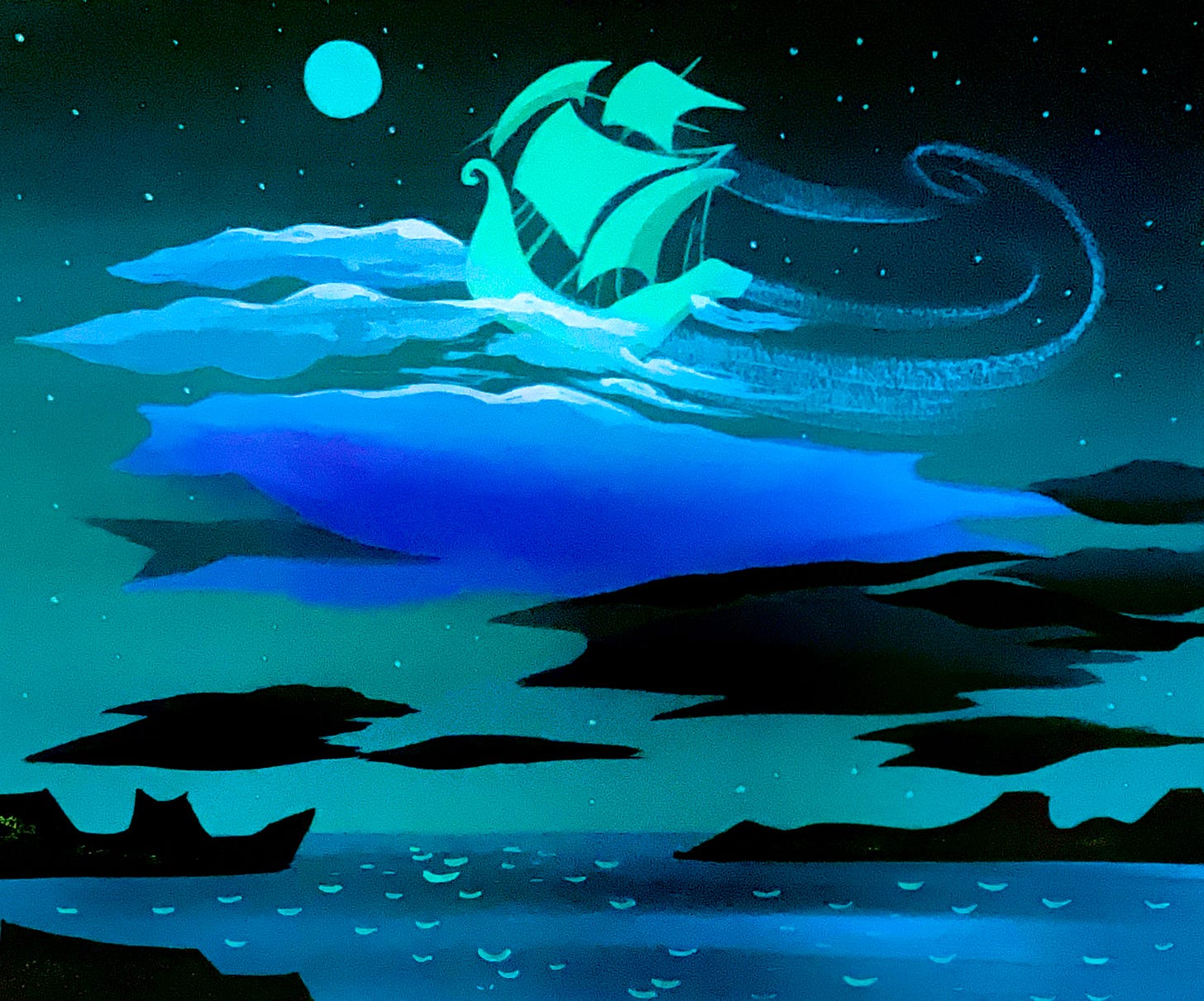
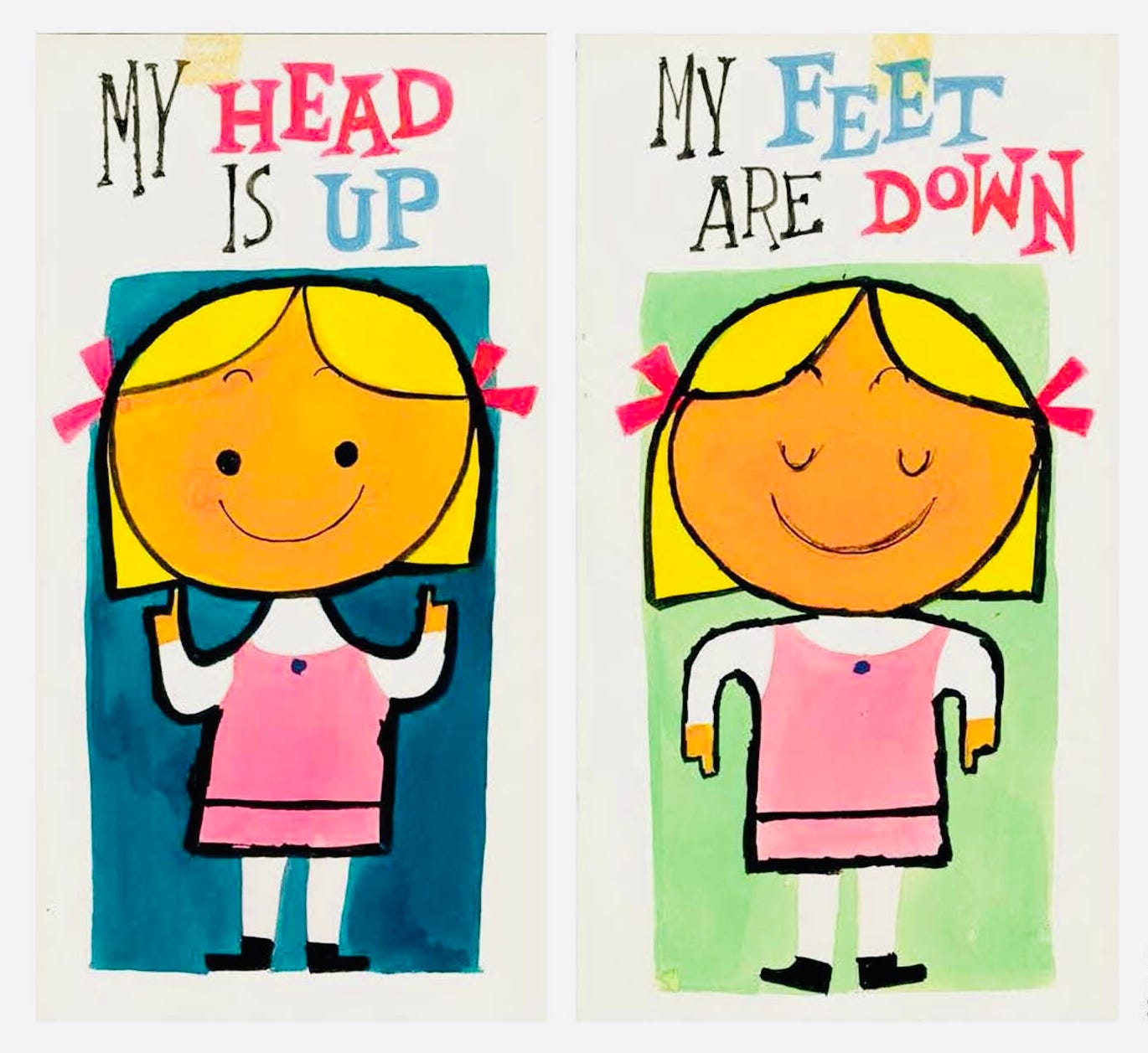
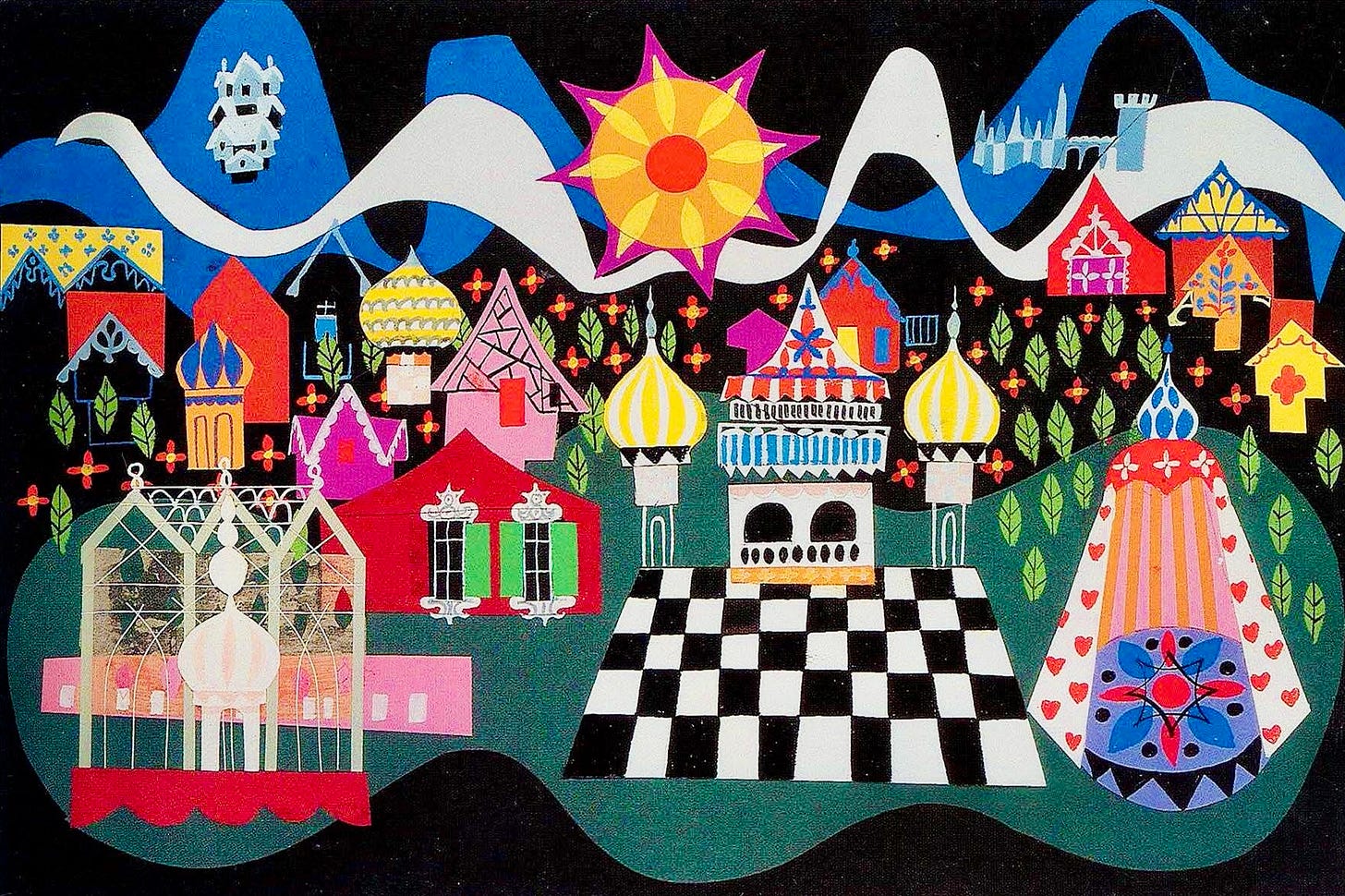

This was great, Zoungy! And good luck at the workshop tomorrow, I hope you have a good time with gouache and invoking the creative spirit of Mary Blair. I don’t know if I mentioned it before but you may like the Illustration Department Podcast and Substack (maybe Patreon too?). @illustrationdept
Fly Larry Air to take the course on Mary Blair.